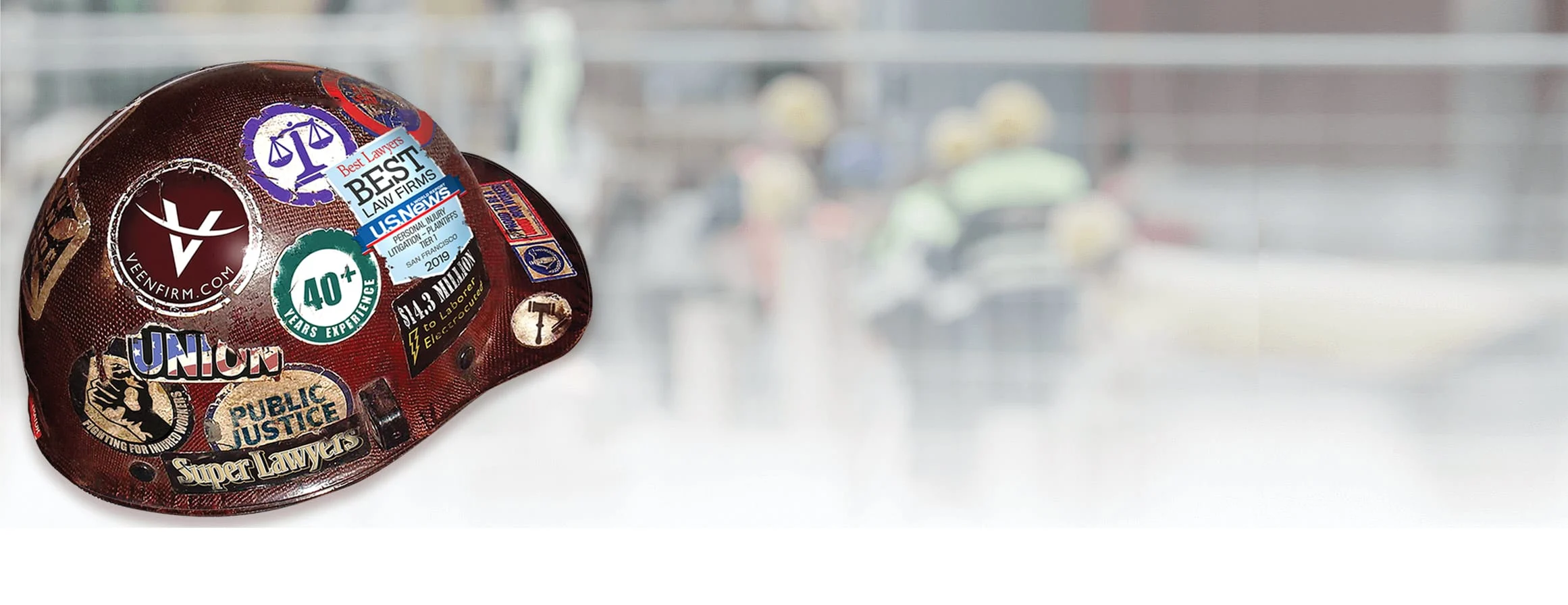Free Consultation
888-504-0157
Plaintiff was a tenant in a six unit residential building in San Francisco who fell down a rear common area staircase while taking out the trash one night. Her fall was caused by poor lighting and the lack of a safe handrail on the staircase. The staircase had a handrail above the point of the fall, and below the point of the fall, but there was a pillar that disrupted the handrail and prevented users from maintaining a constant grip on the handrail at the location of the fall. It was at that location that plaintiff lost her footing and fell.
Plaintiff Allegations
Plaintiff sued the landowner/landlord for negligence and premises liability. The landowner had non-delegable duties to maintain the premises in a safe condition. Moreover, as a landlord leasing the property out to tenants, the landlord had a duty to protect her tenants from unreasonable harm. The property disclosures that defendant received when she purchased the building in 2003 warned her that unpermitted work had been conducted on the property and yet she failed to have the property inspected by a contractor to identify hazards.
Handrails have been required on stairways in California since as early as 1927. (See 1927 UBC Section 102.) Handrails create stability for users to prevent missteps, help stair users avoid falls, and allow users to mitigate the severity of a fall. In order for a handrail to be effective, it must be continuous and must be placed at a safe height to allow maximum support for the user. These safety requirements are especially important for stairway users on the descent, which is when most serious injury falls occur.
Here, the subject handrail was not continuous in either the angle of descent or the length of the stairway. This removed the most important safety device for users of the subject stairway.
Defendant Allegations
Liability was contested. Defendant argued that the subject staircase was built before the California Building Code was instituted and therefore did not need to be code compliant. Defendant also argued that plaintiff’s injuries were incurred in a car accident that she was involved in a week before her fall.
Injuries/Damages
Plaintiff sustained a moderately displaced distal radius fracture, with dorsal displacement and angulation, soft tissue swelling and a small ulnar styloid fracture of her left arm. A closed reduction of the fracture was performed in December of 2011. By January of 2012, the fracture had collapsed necessitating an open reduction and internal fixation with a volar plate. Unfortunately, prior to her surgery in January, plaintiff had developed CRPS (Complex Regional Pain Syndrome). The CRPS began in the left arm, but spread to her right arm as well by October of 2012. Plaintiff sought treatment with industry leading specialists at UCSF to manage her constant pain. Plaintiff was forced to go out on permanent disability and will not be able to work in the future.
Plaintiff’s past medical bills totaled $148,000, her future care needs were projected to exceed $600,000 and she will not be able to return to work due to her injuries. Plaintiff’s recovery in this case was limited by the limits of available insurance coverage.
Result
Parties settled for $1,000,000, the limits of available insurance coverage.
